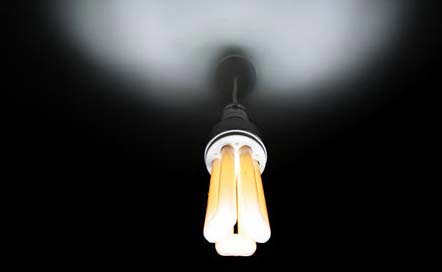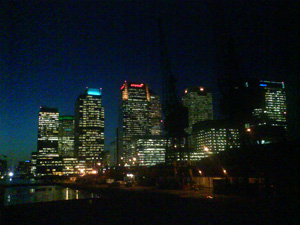LEDs have been proven to save consumers cash – the average household energy bill is £1,420 per year and 8% of a typical household’s energy bill is spent on lighting, which means on average lighting the home costs consumers £113.60 each year. By switching to the more energy efficient LED lighting a household’s annual lighting bill could drop to as little as £13.63.
Savings in the business world can also be significant. A small office with only a handful of fluorescent tubes can save around £85.50 a year by switching to LED tubes. The savings for larger office complexes, or buildings with heavy usage can be huge.



 Why big offices and banks keep lights on 24 hours a day all year long?
Why big offices and banks keep lights on 24 hours a day all year long? After having cut the sod, taken part in a health and safety briefing and designed their own safety posters for Accrington-based contractor Rosslee Construction, the children are now being introduced to the two main building components – Wienerberger’s Porotherm thermal clay blocks and Second Nature’s natural insulations, sheep’s wool Thermafleece and Edenbloc recycled carpets.
After having cut the sod, taken part in a health and safety briefing and designed their own safety posters for Accrington-based contractor Rosslee Construction, the children are now being introduced to the two main building components – Wienerberger’s Porotherm thermal clay blocks and Second Nature’s natural insulations, sheep’s wool Thermafleece and Edenbloc recycled carpets.







Without a doubt, solar energy is the way of the future. Solar energy production is an extremely simple process to…